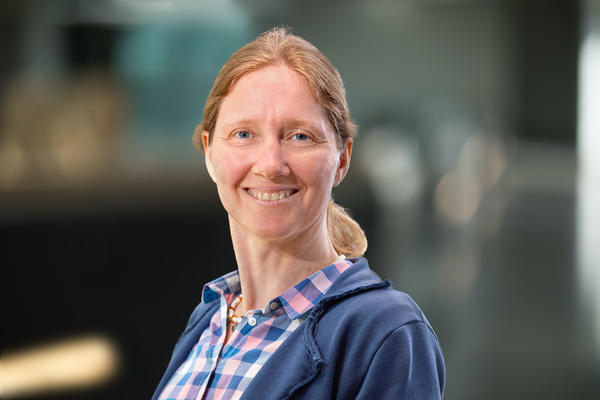Chromosomal and RNA Biology
Our research investigates the dynamic regulation of genetic information in the form of DNA and RNA. Using advanced imaging, genomics, and biochemistry we define fundamental mechanisms for chromosome maintenance and behaviour, nuclear organisation, chromatin structure, transcription and RNA metabolism. Our studies embrace classical model systems from bacteria, viruses and yeast through to flies and mammals.
How do cells package vast lengths of DNA into chromosomes and, in eukaryotes, into the nuclear volume? How is DNA sequence protected against environmental insults? How are chromosomes distributed to the two daughter cells during mitosis? How do cells and multicellular organisms regulate gene activity and how is this dynamically controlled in response to environmental changes and through development? What is the role of chromatin? and how does post-transcriptional regulation of RNA contribute to gene regulation?
These are amongst the key questions actively addressed by the labs in the Chromosomal and RNA biology section. We tackle these questions by using a range of different model organisms and by innovating and applying cutting edge methods and technologies. For example, we employ system-wide approaches such as sequencing and proteomics to elucidate the genome of cells and organisms, as well as the RNAs and proteins derived from it. We use advanced imaging technologies to visualise the chromosome and chromatin organisation, transcription dynamics, as well as RNA and protein localisation. For this, we employ the newest approaches and equipment in live-cell imaging, super-resolution microscopy, single-molecule tracking, and ultrastructural studies. Last but not least, we apply biochemistry and biophysics to elucidate the molecular mechanisms underlying chromosome and RNA biology. Our work is facilitated by state-of-the-art facilities such as sequencing, proteomics, advanced microscopy (MICRON) and biophysics, combined with shared expertise and infrastructure for computational analysis. Moreover, the scientific community across the wider Oxford area, provide us with great opportunities for collaboration in innovative and multidisciplinary projects.





















